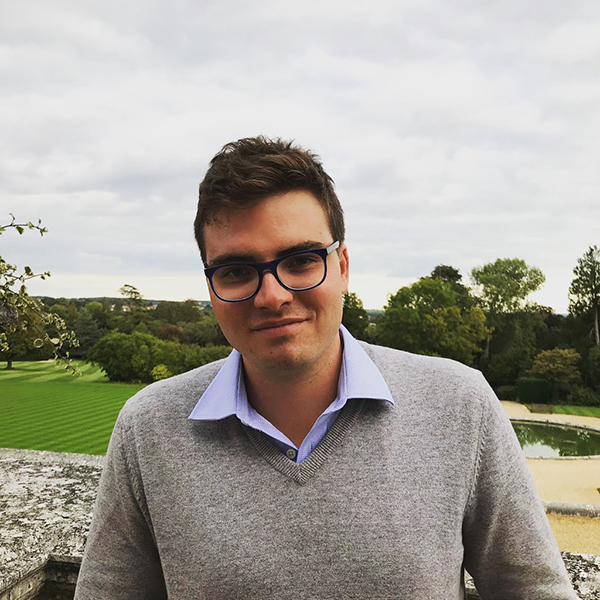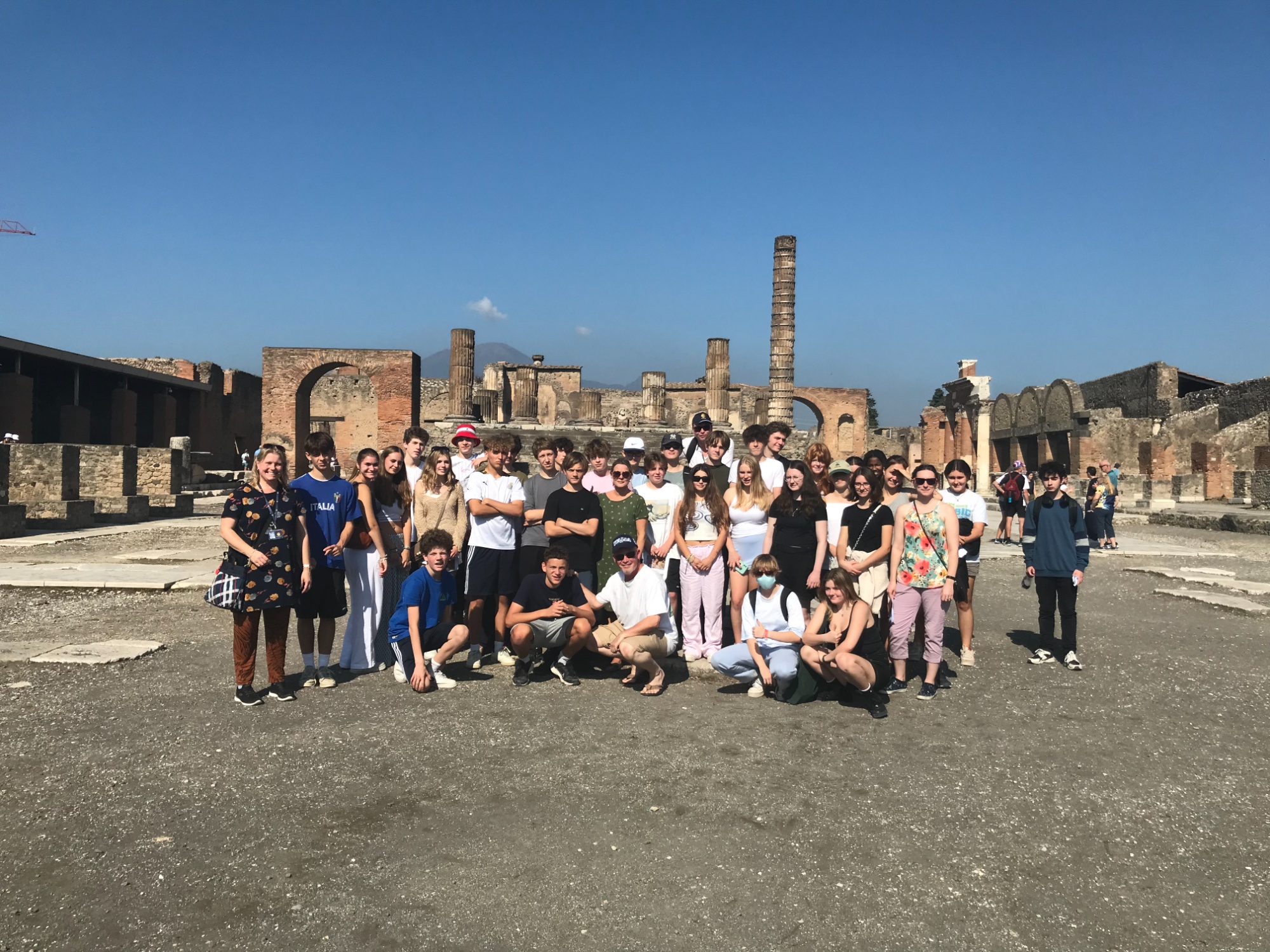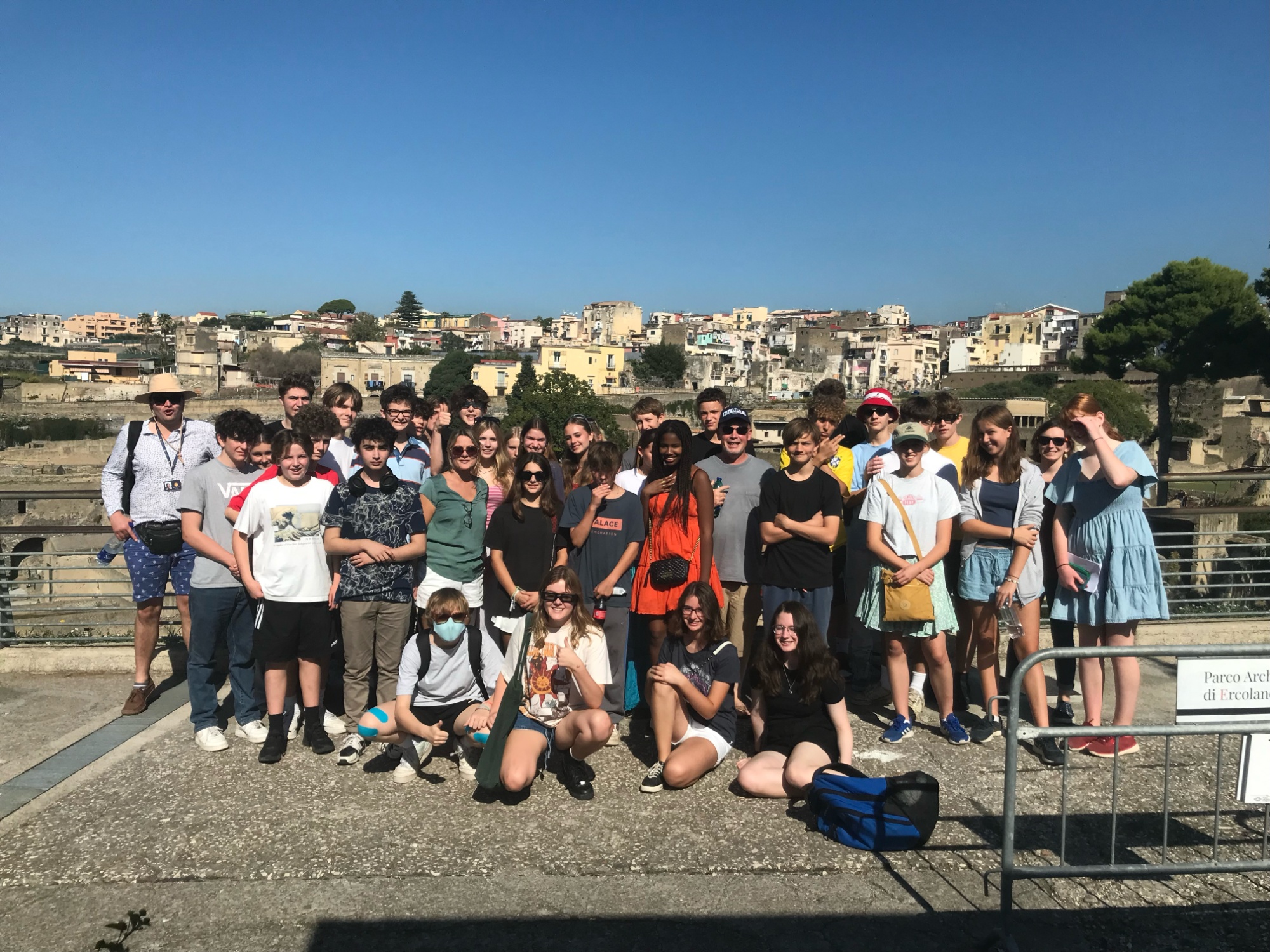Reflecting on a visit from Schools Consent Project
In our latest blog post, Teacher of English Mark Belassie-McCourt, discusses what happened when Schools Consen...
Read MoreIn our latest blog post, Head of Classics Dr Ben Pullan discusses how treading in the footsteps of the ancients reveals timeless truths about humanity...
 It has long been a belief of mine that Classics provides its students with access to some timeless truths about human nature. This might entail something as grand as our constant thirst to discover the truth about the status of the universe, as revealed by a reading of, say, Lucretius’ De Rerum Natura; or something more mundane, like our love of good food, a theme that is concurrent across most of ancient literature. Indeed, so far this year, to name but a few examples, a Bryanston Classics student might have been exposed to the shady world of political influence and corruption, as depicted in Tacitus’ Annals IV (our A-level prose set text); or the power of art as a means that can both extol and subtly question regimes, as demonstrated by Virgil’s famously polyphonous epic poem the Aeneid (studied both in A-level Latin and Classical Civilisation); or the tragic role that factors outside of our control can play in shaping our destinies, as shown in Sophocles’ Oedipus Rex (studied in A-level Classical Civilisation).
It has long been a belief of mine that Classics provides its students with access to some timeless truths about human nature. This might entail something as grand as our constant thirst to discover the truth about the status of the universe, as revealed by a reading of, say, Lucretius’ De Rerum Natura; or something more mundane, like our love of good food, a theme that is concurrent across most of ancient literature. Indeed, so far this year, to name but a few examples, a Bryanston Classics student might have been exposed to the shady world of political influence and corruption, as depicted in Tacitus’ Annals IV (our A-level prose set text); or the power of art as a means that can both extol and subtly question regimes, as demonstrated by Virgil’s famously polyphonous epic poem the Aeneid (studied both in A-level Latin and Classical Civilisation); or the tragic role that factors outside of our control can play in shaping our destinies, as shown in Sophocles’ Oedipus Rex (studied in A-level Classical Civilisation).

Whilst, as teachers of Classics, we do our best to bring these timeless works of literature and art to life in the classroom, nothing quite compares to the ability to walk in the footsteps of the ancients that is provided by visits to the sites of Greece and Italy. This year, as a department, we visited the former with the Sixth Form in the spring, and have just returned from a trip to the latter with our Cs and Bs. Our focus for this trip was the Bay of Naples, and the two cities frozen in time as a result of the catastrophic 24th of August 79AD eruption of the volcano Mount Vesuvius, Pompeii and Herculaneum. The itinerary of this trip was tailored to support our teaching of the ‘Roman City Life’ module of our new GCSE Classical Civilisation offering. On account of their fate and subsequent rediscovery, the fame of Pompeii and Herculaneum nowadays far outweighs that of their pre-destruction heyday almost two-thousand years ago; prior to their destruction, they barely got a mention in what remains of ancient literature. Nevertheless, due to their sudden burying under layers and layers of ash on that fateful day, they provide us with a more complete picture of everyday Roman life than perhaps anything else. During our morning stroll around the streets of Pompeii, in addition to the stunning villas of the wealthy and the frescoes that adorn their walls, and the awesome temples to Jupiter and Apollo that loom over the grand forum, we encountered the more mundane: graffiti, such as perhaps the oldest example of that under-the-desk classic, ‘Gaius Pumidius Diphilus was ‘ere’; stepping stones crossing the paved streets to ensure safe passage in wet weather; and all manner of shops – from bakers, to butchers, to takeaway joints.

Our students were also exposed to a darker side of human nature – that of slavery and sexual exploitation – via a walk around Pompeii’s famously in-your-face Lupanar (its brothel). They also, of course, had to come face-to-face with death, in the form of, in the case of Pompeii, the amazingly detailed and tragic casts of the victims of the eruption, made by pouring plaster into the impressions left by their bodies amidst the layers of solidified ash; or in the case of Herculaneum, the skeletons of those cowering to escape the oncoming pyroclastic flow in the boathouse, whose bodies were simply vapourised.
Looming large over the entirety of our trip was the cause of it all, Vesuvius itself, now after centuries of self-destruction, some two-thousand metres smaller than it was in 79AD. On the final day, we hiked up to its summit and gazed into the vast crater that was created by its latest eruption in 1944. We were told by our guide that the next eruption was due, and that it could be potentially catastrophic. Throughout the trip our students had been stunned by the population density of such a seemingly dangerous place; our guide confirmed to us that some 700,000 people currently reside within the ‘death zone’ around the volcano, and that a further three million may have to be displaced in the case of eruption. Perhaps, paradoxically, the most timeless truth about humanity that we learnt from our trip is our reluctance to learn our lessons from history.